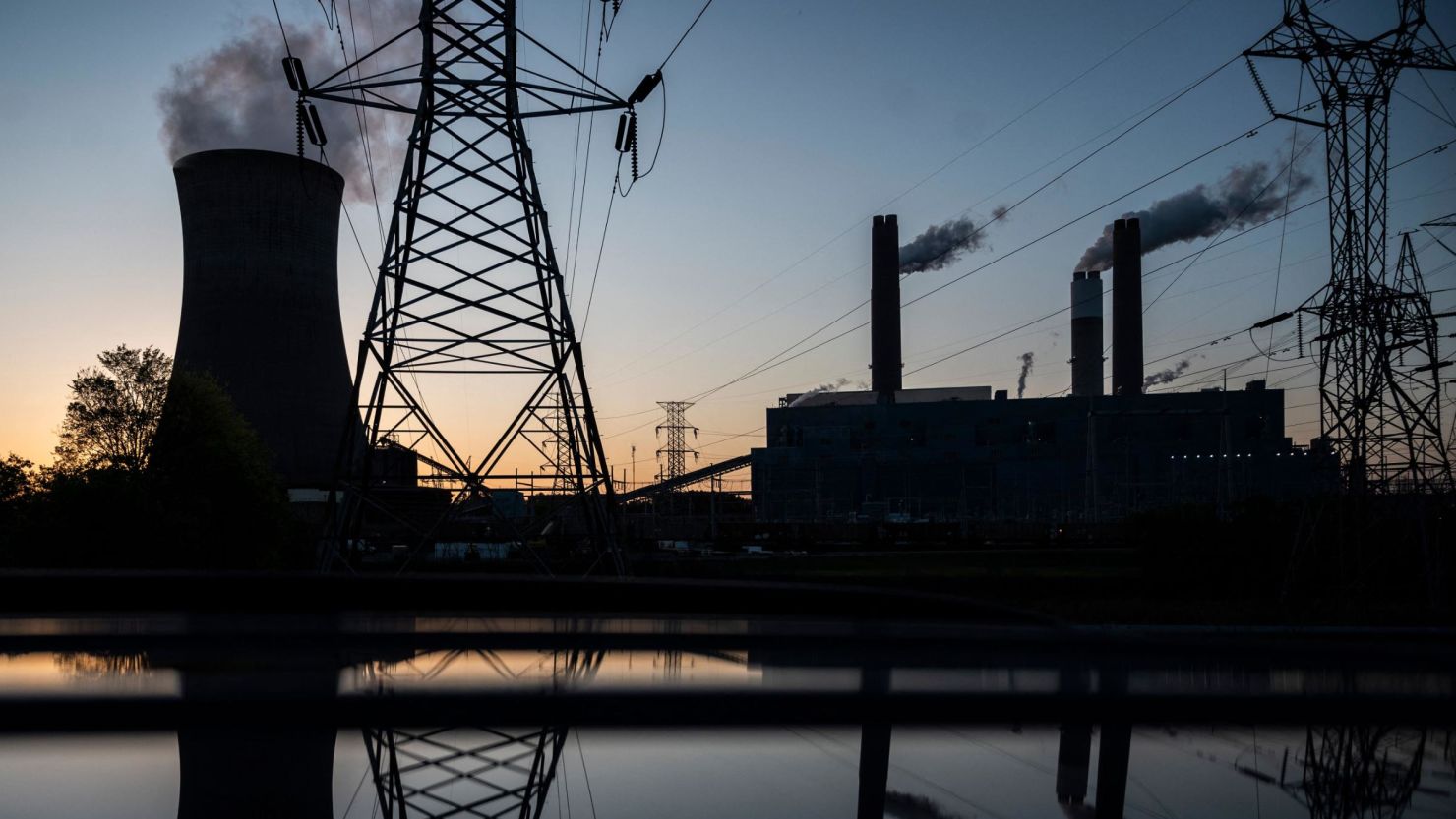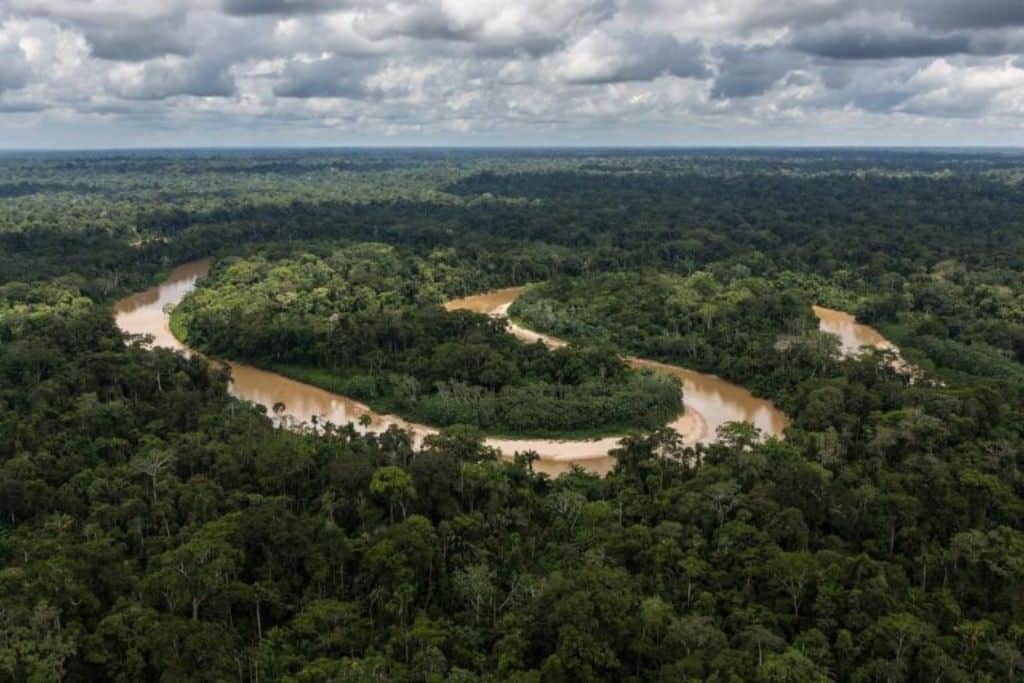THANH TUẤN – 11/05/2024 09:34 GMT+7
TTCT – Dự án kênh đào Phù Nam Techo của Campuchia gây chú ý gần đây khi xuất hiện lo ngại dự án sẽ làm thay đổi dòng chính sông Mekong, tác động tới vùng lũ và sinh kế người dân Đồng bằng sông Cửu Long.

Ảnh: Getty
Chỉ ngắn hơn kênh đào Suez 13km, dự án 180km này dự kiến nối thủ đô Phnom Penh của Campuchia với tỉnh Kep, giáp biên giới Việt Nam.
Được coi là nỗ lực hồi sinh hệ thống sông ngòi lịch sử Campuchia, con kênh với bề rộng 100m và sâu 5,4m có thể phục vụ tàu 3.000 tấn vào mùa khô và 5.000 tấn vào mùa mưa.
Theo China Global South Project, con kênh sẽ kéo dài từ khu vực Prek Takeo của sông Mekong tới Prek Ta Ek và Prek Ta Hing của sông Bassac (sông Hậu) và đi qua bốn tỉnh Kandal, Takeo, Kampot và Kep, với ba hệ thống âu tàu, 11 cầu và 208km đường ven bờ được xây dựng bởi Tập đoàn Cầu đường Trung Quốc (CRBC) theo mô hình BOT.
Thủ tướng Campuchia Hun Manet ủng hộ mạnh mẽ dự án, và nói nó không có tác hại gì tới môi trường, đặc biệt là tới dòng Mekong đi qua nhiều nước ASEAN.
Tối 5-5, trả lời báo chí, người phát ngôn Bộ Ngoại giao Việt Nam Phạm Thu Hằng nói: “Việt Nam rất quan tâm và tôn trọng lợi ích chính đáng của Campuchia theo tinh thần của Hiệp định Mekong 1995, phù hợp với các quy định liên quan của Ủy hội sông Mekong và quan hệ láng giềng hữu nghị truyền thống giữa hai nước”.
Về dự án kênh Phù Nam Techo, bà Hằng nói Việt Nam mong “Campuchia tiếp tục phối hợp chặt chẽ với Việt Nam và các nước trong Ủy hội sông Mekong chia sẻ thông tin, đánh giá đầy đủ tác động của dự án này đối với nguồn nước, tài nguyên nước và môi trường sinh thái của khu vực tiểu vùng sông Mekong cùng các biện pháp quản lý phù hợp nhằm bảo đảm hài hòa lợi ích của các quốc gia ven sông, quản lý, sử dụng hiệu quả và bền vững nguồn nước và tài nguyên nước sông Mekong”.
Tiếp tục đọc “Dự án kênh Phù Nam Techo: Vấn đề chia sẻ thông tin”













